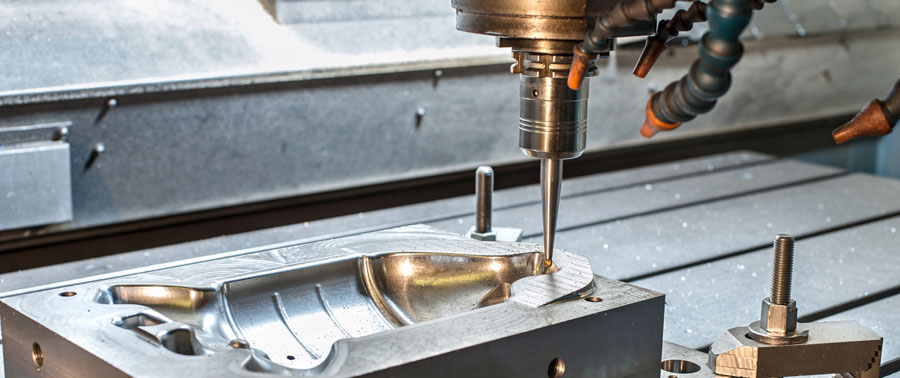
Image Source: Google
Lightweight design is becoming increasingly important in various industries, including automotive, aerospace, and electronics. As industries strive to improve fuel efficiency, reduce emissions, and enhance overall performance, the demand for lightweight materials continues to grow. One material that is gaining significant attention in the realm of lightweight design is aluminum die casting.
Aluminum die casting involves the process of injecting molten aluminum into a mold under high pressure. This technique is highly versatile and allows for the production of complex and intricately designed components with high precision. The resulting parts are lightweight, yet strong and durable. This makes aluminum die casting an ideal choice for applications where weight reduction is crucial.
One of the key advantages of aluminum die casting is its excellent strength-to-weight ratio. Aluminum is known for its high strength, and when combined with the die casting process, it becomes even stronger. This means that components produced through aluminum die casting can withstand high stress and load-bearing conditions without compromising on weight.
In addition to its strength, aluminum die casting offers excellent dimensional stability. The precision and accuracy of the die casting process ensure that the resulting components have consistent dimensions and tight tolerances. This is particularly important in industries where precise fit and form are essential, such as automotive and aerospace.
Another significant advantage of aluminum die casting is its ability to create complex geometries. The mold used in the process can be designed to produce intricate shapes and thin walls that would be difficult or impossible to achieve through other manufacturing methods. This opens up new design possibilities and allows for the creation of lightweight components with enhanced functionality.
Furthermore, aluminum die casting offers excellent thermal conductivity and electrical conductivity. This makes it an ideal material choice for applications that require efficient heat dissipation and electrical conductivity, such as electronics and power transmission. By utilizing aluminum die casting, manufacturers can produce components that not only reduce weight but also improve overall performance and functionality.
As the demand for lightweight design continues to grow, aluminum die casting is expected to play a crucial role in the future of manufacturing. Its ability to produce lightweight, strong, and precise components makes it a highly attractive option for various industries. Additionally, advancements in the die casting process, such as improved mold design and automation, are further enhancing the capabilities and efficiency of aluminum die casting.
Furthermore, as sustainability becomes a more significant concern, aluminum die casting offers environmental benefits. Aluminum is a highly recyclable material, and the die casting process produces minimal waste. This aligns with the growing focus on reducing the carbon footprint and adopting eco-friendly manufacturing practices.
In conclusion, the future of lightweight design lies in aluminum die casting. Its combination of strength, dimensional stability, complex geometries, and thermal and electrical conductivity make it an ideal choice for a wide range of applications. As industries continue to prioritize weight reduction and enhanced performance, the demand for aluminum die casting is expected to increase. With ongoing advancements in the die casting process and the environmental benefits it offers, aluminum die casting is poised to become a prominent player in the future of manufacturing.